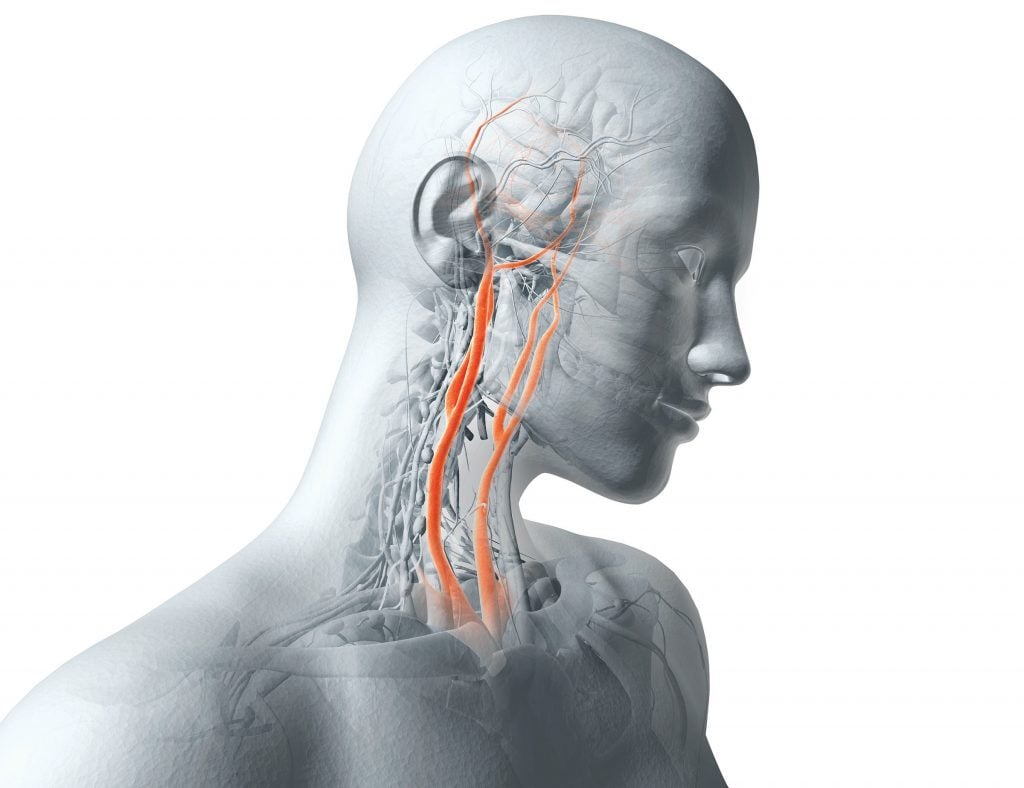It isn’t back to the drawling boarg for me, I only effectively have this method to use on the elderly, the ischemic cascade or not be damned. The case of my charge being the obvious case, but I’m not gonna go about breaking elderly people’s ribcages open either. They don’t recover too well from that.
Have you ever wondered why the military doesn’t go around just blinding people, instead of killing them? We have the technology, at least since the 80s, the eyes reflect just like cameras do at set light frequencies, we can easily detect when someone is looking at our optics and burn their retinas. We don’t, because the side effects are catastrophic to a country. Instead of losing 10,000 guys in a batlle- always shockingly terrible, and then moving on with morning, remarriage, change of property and even a high portion of widows remarrying… A state that just lost a war (never a cheap burden) inherits 10,000 permanently disabled welfare cases from that one battle alone. A single war could permanently Yank a nations economy, forcing it to socialize to support the bulk of it’s otherwise healthy population, living in deep and full independence. Byzantines did this once, did not seek to do it again, realizing how bad it was.
In individual cases, I may say blinding is better. I wouldn’t force it on a whole segment of society. I wouldn’t crack the ribs open on a elderly person, statistically old enough to die anyway. That is a very long term, very painful recovery, and far too many simply don’t. We don’t ask ourselves what we are doing.
His family is medical, seen the results far too many times on elderly CPR patients. My stomach CPR is a potentially viable alternative. I will keep the oxygen issue in mind, but unless someone is insisting (his wife) that I do it otherwise, I’m instructed to just let him pass naturally. I won’t, I’ll give it a serious shot with this alternative- but dammit, the guy is 90 something now. He lives at this point pretty much to go to McDonalds each day and eat a cheeseburger (not my choice, don’t say no) and watch Hogan’s Heroes. I don’t know if he us aware at this point if they are reruns anymore. I’m not seeing the point of putting him through catastrophic hell of smashing in his rib cage just to claim I tried to save a life, if a alternative method could potentially save him and keep him reasonably healthy. Your not exactly providing me with a ethical alternative. Maybe in a guy my age, breaking ribs makes sense. I’m not doing it in someone who can’t take it and heal. That’s insane. We don’t see how many we loose to suffering hospital after hospital from bad CPR. It is worst than a battle. Why torture people that way? At their age, take the riskier yet more humane treatment, they can die with more dignity, or live with it. No need for their last days to be one of absolute torture just cause we say so.
Purely off memory, the Uschemic cascade is 17 steps, only up to step four is it reversable. Heart doesn’t always die when we go brain dead, it can beat for days after death (yes it can Kwiswest- fucking listen, it can) and we would be better off getting a chemical analysisvof the salt levels in the heart in these clinical cases of death when the heart won’t stop, and have special CPR lactated ringers with adrenaline mixed in with that formula.
